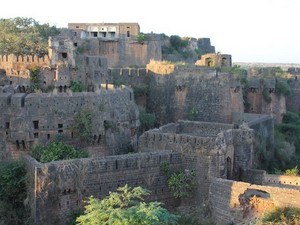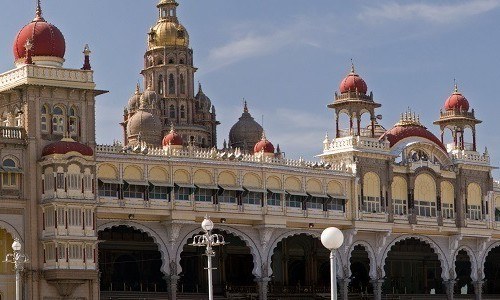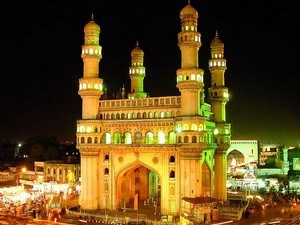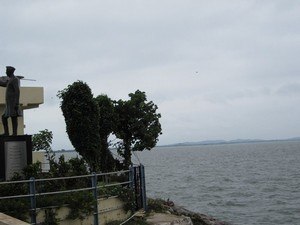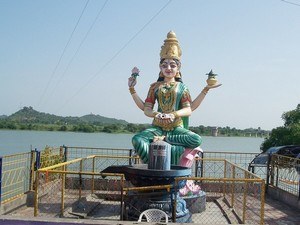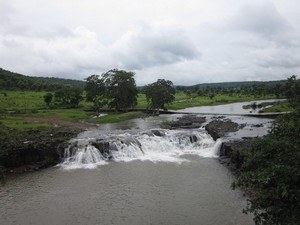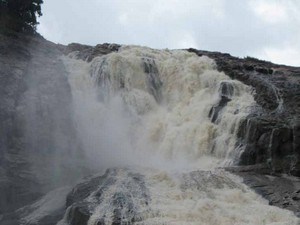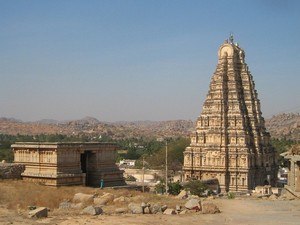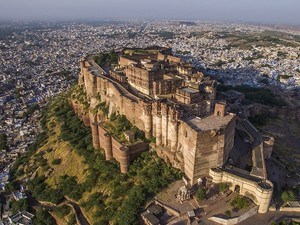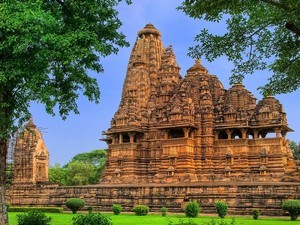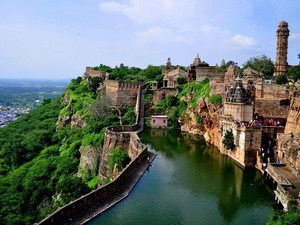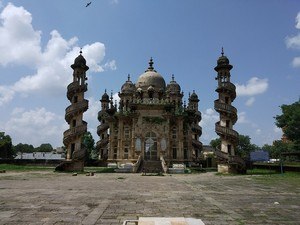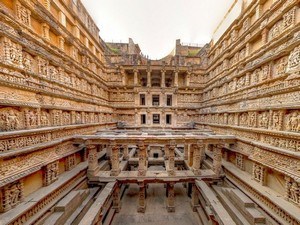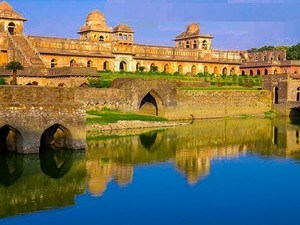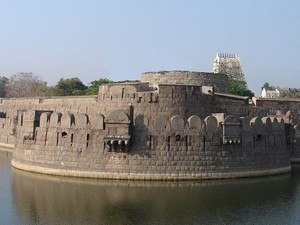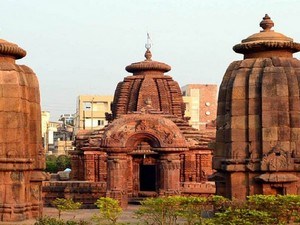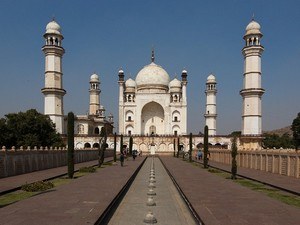BIDAR TOURISM | TOOURIST PLACES TO VISIT & TRAVEL GUIDE TO BIDAR
![]() Heritage
Heritage
About Bidar
 #30 of 34 Places to visit in Karnataka
#30 of 34 Places to visit in Karnataka
 Ideal Trip Duration: 1-2 Days
Ideal Trip Duration: 1-2 Days
 Nearest City to Bidar: Hyderabad (140 Kms)
Nearest City to Bidar: Hyderabad (140 Kms)
 Best Time to Visit Bidar: October to March
Best Time to Visit Bidar: October to March
 Peak Season: October to January
Peak Season: October to January
At a distance of 116 km from Gulbarga, 639 km Bangalore and 140 km from Hyderabad, Bidar is a town and district headquarters located in the north-eastern part of Karnataka. Bidar is one of the most popular tourist places to visit near Hyderabad and one of the famous Hyderabad weekend getaways from a two day trip.
It is lies at an altitude of 2,200 feet on Deccan plateau overlooking the Manjira river valley. Bidar is among the well known Karnataka tourist places. It is bounded by Nizamabad and Medak districts of Telangana on the eastern side, Latur and Osmanabad districts of Maharashtra on the western side, Nanded district of Maharashtra on the northern side and Gulbarga district on southern side. Bidar has great historical importance and it is one of the important heritage sites in Karnataka.
The history of Bidar goes back to 3rd century BC, and it was ruled by Mauryas, Satavahanas, Kadambas and Chalukyas of Badami, Rashtrakutas and later Kalyani Chalukyas. For a short period after Kalyani Chalukyas Bidar was under the Yadavas of Devgiri and Kakatiyas of Warangal.
Delhi rulers first headed by Allauddin Khilji and later Muhammed-bin-Tughluq took control of entire Deccan including Bidar. In the middle of the 14th century, the Deccan region disintegrated and formed the Bahmani Sultanate in 1347 AD under the rule of Bahman Shah. The Bahamani kingdom shifted their kingdom from Gulbarga to Bidar in the year 1429. In 1430, Ahmed Shah Wali Bahmani took steps to develop the city of Bidar and its fort was rebuilt. After break up of Bahamani Kingdom in 1527 AD, the city became capital of Barid Shahis who ruled up to 1619 AD. In the mid 17th century, when Aurangzeb conquered Deccan, Bidar became part of the Mughal Empire. The Nizam rulers of Hyderabad took over Bidar in the early part of the 18th century. It became part of the unified Mysore state in 1956, when all the states were reorganized on the basis of language.
Bidar has a number of historical monuments dating back to 15th century. These monuments reflect the glory of the Bahamani rulers. The main tourist attraction of Bidar is the Fort, which was built by Ahmad Shah in 1430. The Rangin Mahal, Solah Kambh Masjid, Gagan Mahal, Diwan-e-Am, Royal Pavilion, Tarkash Mahal are other important places to be seen within the fort. Tombs of Bahmani Rulers, Tombs of the Barid Shahis, Madrassa of Mahmud Gawan, Chaubara, Guru Nank Basavakalyan, Humnabad, Narasimha Jharniand papnash temple are the other attractions in Bidar.
Bidar is known for its unique Bidri handicraft products. The name of Bidar appears to be derived from Biduru which means bamboo.
The best time to visit Bidar is during the post-monsoon and winter seasons, which lasts from October through March.
It usually takes 1-2 full days to visit all places in Bidar.
None











